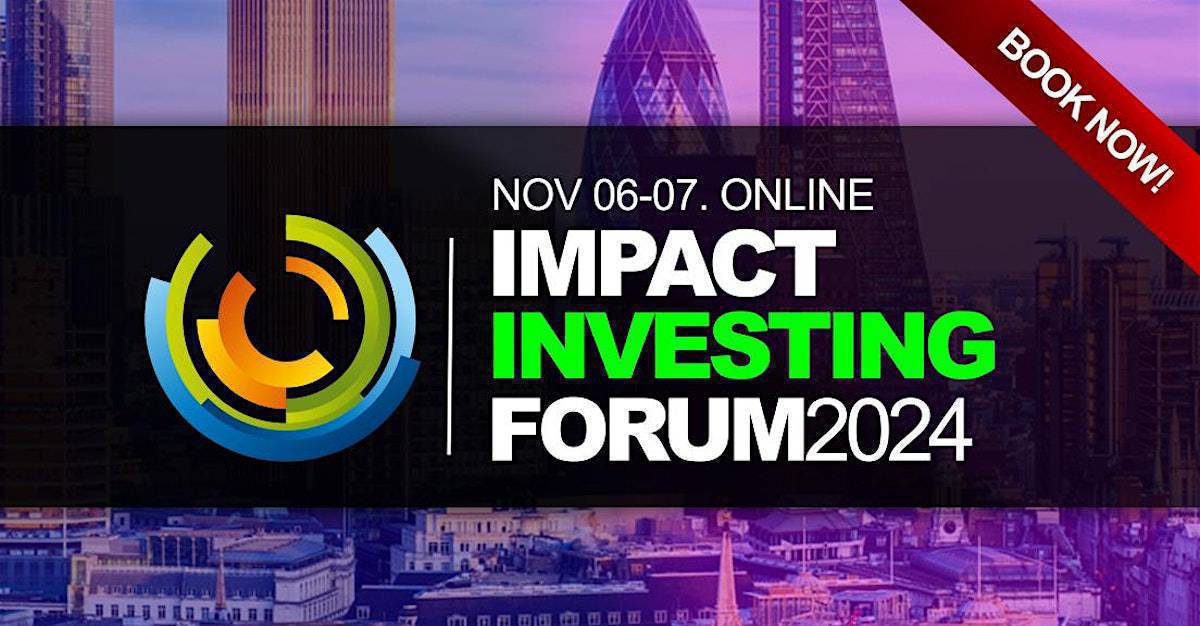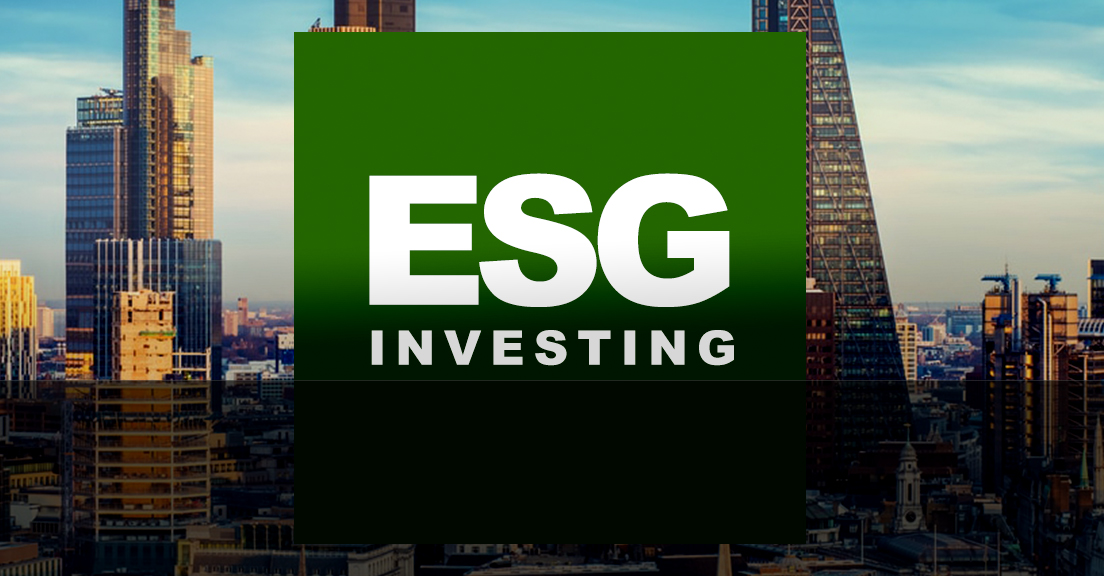5 Key Investment Factors For 2022: Inflation, Tapering, Geopolitics, and More Yahoo Finance
Impact Investing Forum 2024
https://impactinvestingconferences.com/
Online Event. Nov 06-07, 2024.
Book Now!
By Carlos Gonz?lez
Investing.com – The last few years have undoubtedly marked a turning point in the markets. In a short space of time, we have experienced a global pandemic, rising inflation, and a great increase and now withdrawal of stimulus policies by central banks.
All of this is heightened with commodities soaring, currencies spinning, interest rates rising and the indices of the world’s major economies surging and setting record highs.
After these unpredictable years, what can we expect in 2022? Forecasts suggest that 2022 will not exactly be a quiet year, but how will that differ from the recent past? More importantly, which will be the factors to watch for investors to have success in 2022?
1. Inflation, A Very Real Presence
The last few months of 2021 have seen the warning of rising inflation. Undoubtedly, it has become an increasingly real, present, and noticeable threat. And that’s how most analysts see it, as they point to inflation as among the key factors for 2022.
In this regard, Andrew McCaffery, CIO of Asset Management at Fidelity International, notes that “despite messages from central banks that inflationary pressures are temporary, some price increases look set to persist due to supply chain bottlenecks and de-globalisation and, in the longer term, due to the cost of efforts to achieve carbon neutrality.”
In other words, no transitory inflation at all. It seems that we will have inflation for a while in 2022.
For Ingrid Kukuljan, Head of Sustainable and Impact Investing at Federated Hermes (NYSE:FHI), “Inflation has been one of the main concerns for investors going into 2022. Our view is that the supply chain bottlenecks that are occurring as a result of a global reopening will continue to put upward pressure on prices well into 2022. This, coupled with an increase in demand due to the reopening and statistical base effects, will further exacerbate the current inflationary hysteria.”
Given this scenario, Pedro del Pozo, director of financial investments at Mutualidad de la Abogac?a, echoes that inflation will remain “the main economic unknown for the coming months.” “Rate curves are flattening, which makes it very clear that the market takes it for granted that these possible rate hikes will not only kill inflation but also, probably, in part future growth,” explains the expert, who warns that this will be, precisely, “a very important point to bear in mind in 2022, because of its impact on both bond and equity markets.”
2. Commodities: How High Can They Go?
Commodities have been a big part of the inflation story over the last year.
To explain the strong performance of commodities in recent years, experts point to the fact that commodity baskets, although cyclical, complement other asset classes very well. As a result, the Bloomberg Commodity Index (BCOM) has risen by almost 60% since the beginning of the pandemic and by 24% since January 2021.
Pierre Debru, Head of Multi-Asset Solutions and Quantitative Analytics at WisdomTree provides two basic facts to understand this trend: “Commodity baskets tend to hold up very well in the early stages of a recession, when equities suffer the most. They also tend to do well in the latter parts of an economic expansion when equities generally fail to get a second wind,” which is where we are now and will likely be for much of 2022.
3. Tapering And Interest Rates
For many months the messages from the top central bankers have played the ambiguity card, although in their latest meetings they have clarified the picture considerably. In this sense, the conclusion is that the important meetings in December have not surprised the market, even though important decisions were taken.
Thus, A&G points out that “the focus of the meetings has clearly been more restrictive or hawkish, which seems to mark the future of upcoming meetings.” On the other hand, A&G’s professionals point out that “not all central banks are at the same point in the cycle, with the Anglo-Saxons leading the way for the ECB from next year onwards, especially if price expectations continue to surprise on the upside.”
V?ctor Alvargonz?lez, founding partner and strategy director of Nextep Finance, comments that “the Federal Reserve members’ opinions (the famous ‘dot plot’) place interest rates at around 1% at the end of 2022, once the three rate hikes they plan to carry out have been made. With an estimated 4% growth in the economy next year, these are not interest rates that are going to hurt growth.”
For James McCann, deputy chief economist at Aberdeen Asset Management, “the Fed’s recently announced decision was a lesson to investors about how quickly central banks’ policy signals can change. Investors should not underestimate the Fed’s willingness to go even faster than it has signaled if inflation continues to surprise to the upside, even if this unsettles markets.”
4. Geopolitics: A Silent War
Another important factor that may mark 2022 is not a strictly economic issue. There are currently a number of open disputes between several countries which, if nothing is done, could provoke a butterfly effect that, with the current situation, could lead to unpredictable results.
Chris Iggo, CIO Core Investments at AXA Investment Managers, says: “I think the first few months of 2022 are going to be difficult. Apart from the COVID-19/inflation issue, there are growing geopolitical concerns over Russia and Ukraine and China’s stance towards Taiwan. In Europe, there is the possibility that things could get very ugly in the UK, where the government is under attack on several fronts, and in the French presidential election in the spring.”
“Increasing geopolitical tensions (in particular between the US and China) seem likely to help certain countries (such as Vietnam and India) who benefit from a reorganization of supply chains. Private credit strategies focused on the Asia-Pacific region may be well positioned in this environment,” says Emmanuel Deblanc, Head of Private Markets at Allianz (DE:ALVG) Global Investors.
5. And, Of Course, COVID-19
It goes without saying that Covid and its new variants must be taken into account in 2022. Two years ago, the pandemic emerged, acting as the trigger for many of the factors described above. Almost 24 months later, new mutations of the virus continue to emerge to spook the markets. Even with vaccinations, this will still be a problem that does not appear to be easy to solve in the short/medium term.
The experts at Allianz Global Investors argue, “economic growth seems likely to decelerate after the rebound associated with the ‘base effect’ we observed in 2021. COVID-19 related uncertainty and supply chain bottlenecks are likely to weigh on growth, and will be a major source of price volatility.”
That unpredictability, both in Covid’s direct impact and in secondary factors as the economy ‘re-normalizes’ could make for opportunities and also volatile times on the market in 2022.
Read also: 2021 Year In Review: Investing.com Comic Edition
See our full 2022 outlook series here.
Related Articles
5 Key Investment Factors For 2022: Inflation, Tapering, Geopolitics, and More
Bank of Israel expected to hold rates Monday, with hikes not far off – Reuters poll
U.S. cuts off Ethiopia, Mali, Guinea from Africa duty-free trade program


